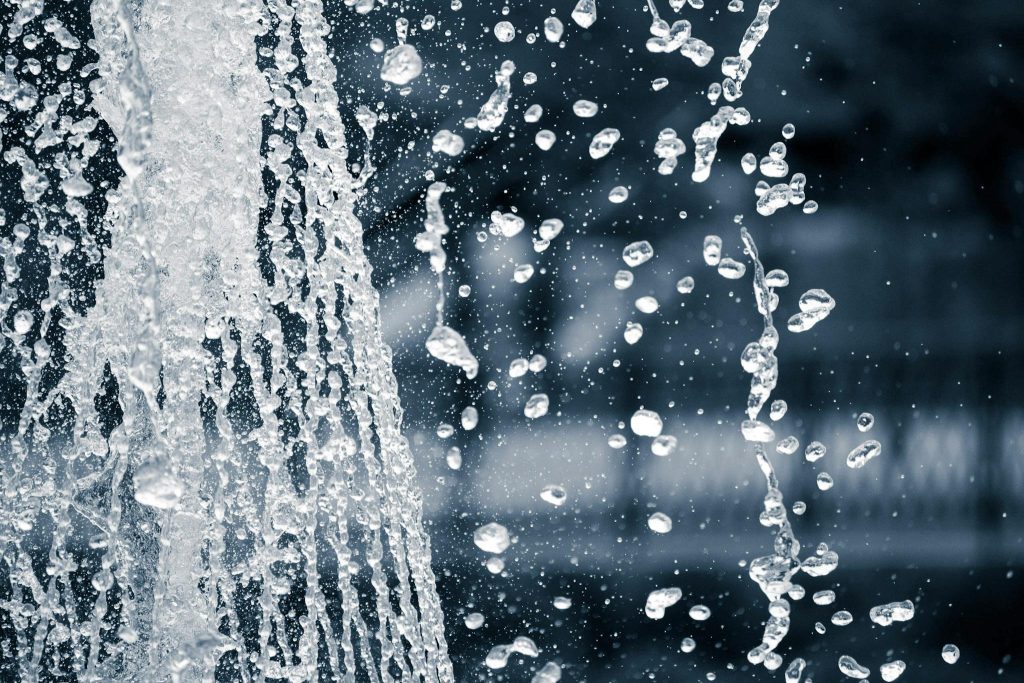Table of Contents
That cup of coffee in your hand has a bigger environmental footprint than your entire breakfast. Coffee farming has become the fourth largest contributor to deforestation worldwide, but coffee lovers like you might hold the solution.

The Dirty Secret Behind Your Clean Cup
Most coffee farms today look nothing like they did 50 years ago. Traditional coffee plants thrived in the shade of lush rainforest canopies. Now? Vast stretches of cleared land, stripped of trees, doused in chemicals, and baking in the sun. Modern coffee farming has gone industrial, and the planet is paying the price.
The transformation happened slowly, then all at once. In the 1970s, new “sun-tolerant” coffee varieties promised higher yields. Farmers were convinced to clear their land, plant these new varieties, and embrace chemical fertilizers. The result? A short-term boom in production has led to long-term environmental devastation.
Why Birds Are Disappearing From The Sky
Remember seeing those “shade-grown” labels on coffee bags? There’s a heartbreaking reason for that. Coffee plantations have cleared millions of acres of rainforest, destroying crucial habitats for migratory birds. Over 150 bird species have declined by 50% or more since modern coffee farming took over. These aren’t just random birds – they’re nature’s pest control, helping control insects that damage coffee plants.
The impact goes beyond birds. These cleared farms create biological deserts where complex ecosystems once thrived. Insects, mammals, reptiles, and countless plant species vanish along with the trees. It’s like erasing an entire chapter from Earth’s biological story – and we’re only beginning to understand what we’ve lost.

Water Crisis In Your Coffee Cup
Here’s a shocking number: it takes 140 liters of water to produce one cup of coffee. That’s enough to fill your bathtub – for a single cup. But it gets worse. Many coffee processing stations dump untreated wastewater straight into local rivers. The result? Entire communities downstream can’t drink their water.
The water crisis doesn’t stop there. Full-sun coffee farms require irrigation, unlike their shade-grown counterparts. In many regions, this means depleting local groundwater resources. Some coffee-growing regions are drying up, forcing farmers to either drill deeper wells or abandon their land entirely.

The Hidden Cost of Processing
Most coffee lovers don’t know about the “wet processing” method used for premium coffees. After harvesting, coffee cherries are soaked, fermented, and washed – using massive amounts of water and creating highly acidic wastewater. When this wastewater enters local streams, it depletes oxygen levels and kills aquatic life. Some regions have seen entire fish populations disappear downstream from coffee processing facilities.
The Carbon Footprint You Never Think About
Growing coffee isn’t the only problem – it’s how we get it to your cup. Coffee travels an average of 3,000 miles before it reaches your local shop. That’s a lot of fuel burned just to get your morning fix. Add in the energy used for roasting, packaging, and brewing, and your daily coffee habit might have a bigger carbon footprint than your commute.
Every step in coffee’s journey adds to its carbon footprint:
- Clearing land releases stored carbon
- Chemical fertilizers require energy-intensive production
- Processing and drying consume electricity
- Transportation burns fossil fuels
- Roasting requires high temperatures
- Even grinding and brewing add to the total
The Real Cost of Cheap Coffee
When you buy that bargain bag of beans, someone else is paying the real price. Farmers clear more land because they’re paid so little per pound that quantity becomes their only option. It’s a vicious cycle: more land cleared means more coffee on the market means lower prices mean more land cleared.
The Climate Change Time Bomb
Here’s something that should wake you up faster than caffeine: coffee farming’s environmental impact is creating a feedback loop that threatens coffee itself. As deforestation contributes to climate change, traditional coffee-growing regions are becoming too hot and dry for coffee production. Farmers respond by clearing higher-altitude forests for new plantations, continuing the cycle of destruction.
What Your Coffee Label Isn’t Telling You
Those eco-friendly labels aren’t all created equal. Here’s what they really mean:
- Rainforest Alliance: Focus on forest conservation and wildlife protection
- Bird Friendly: Strictest shade-grown requirements, organic certification required
- Fair Trade: Better prices for farmers, but minimal environmental standards
- USDA Organic: No synthetic pesticides, but no forest protection requirements
[Previous sections continue…]
The Traditional Knowledge We’re Losing
Indigenous and traditional coffee farmers developed sustainable growing methods over centuries. These methods didn’t just protect the environment – they produced exceptional coffee. As industrial farming spreads, we’re losing this valuable knowledge. Some traditional farming communities have maintained their forests for generations, proving that coffee farming and environmental protection can coexist.

The Solution Hiding in Plain Sight
Ready for some good news? Coffee actually can help save the environment – if it’s grown right. Traditional shade-grown coffee farms:
- Store 42% more carbon than full-sun farms
- Support over 150 species of birds
- Protect soil from erosion
- Require fewer pesticides
- Produce better-tasting coffee
How To Be Part of The Solution
- Buy shade-grown, organic coffee whenever possible
- Look for multiple certifications on your coffee
- Pay more for quality – it supports better farming practices
- Buy from roasters who have direct relationships with farmers
- Ask your local coffee shop about their sourcing practices
Small Changes, Big Impact
Switching to sustainable coffee might cost you an extra dollar per cup. But that dollar could save 20 square feet of rainforest, protect endangered bird species, and ensure clean water for farming communities. Plus, sustainable coffee usually tastes better – those slower-growing plants develop more complex flavors.

Beyond The Bean: What Smart Coffee Companies Are Doing
Some coffee companies are going beyond certifications. They’re helping farmers install water filtration systems, providing better-paying markets for shade-grown coffee, and even buying land to protect it from deforestation. Your buying choices support these initiatives.
The Future Of Your Morning Cup
Climate change threatens up to 60% of wild coffee species with extinction. But shade-grown coffee farms could be their sanctuary. These traditional farms preserve the forest conditions that coffee evolved in, making them crucial for both conservation and the future of coffee itself.
Your next cup of coffee can either contribute to the problem or be part of the solution. Choose wisely – the future of coffee depends on it.

I’m Audrey, a dedicated mother of teenagers with an insatiable love for coffee. On BeanBrewLove.com, I intertwine my need for caffeine with reflections on life. Whether expressing a nostalgic sentiment or injecting a hint of sarcasm, my blog is a reservoir of coffee culture, brewing techniques, and global coffee reviews.




